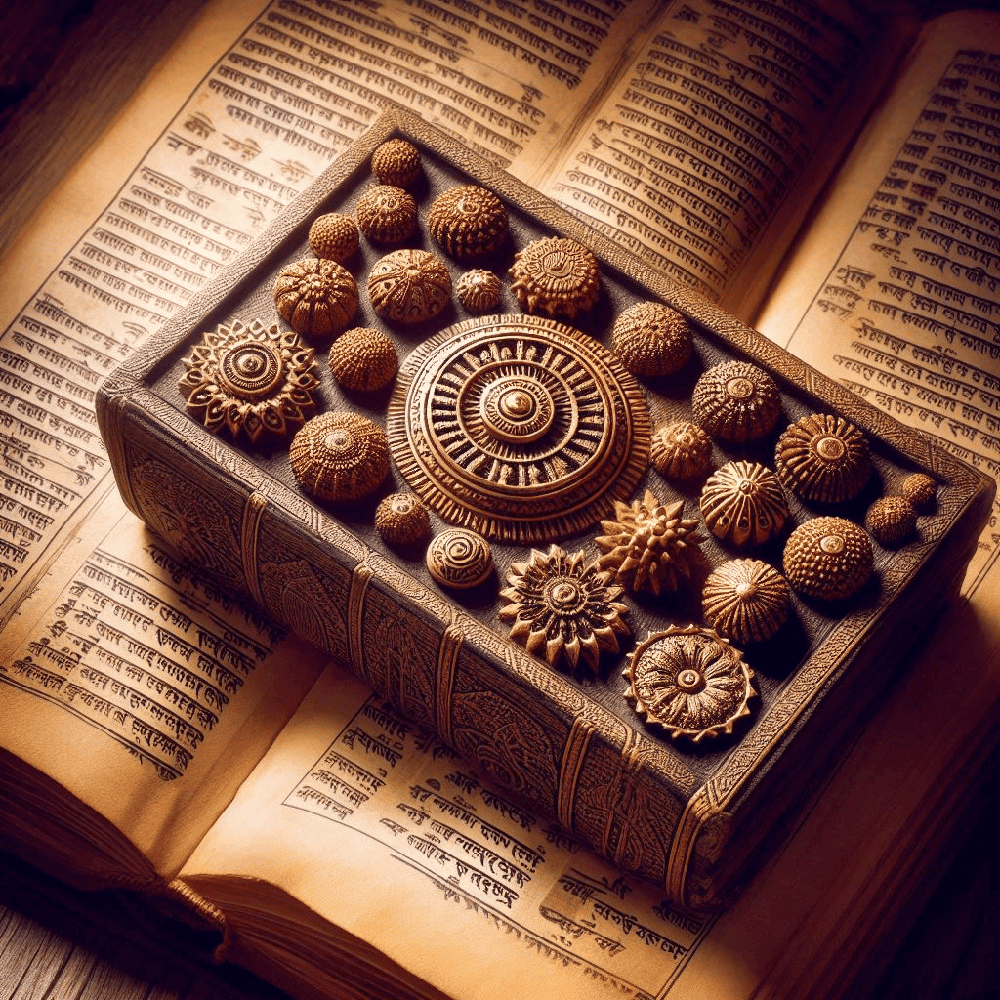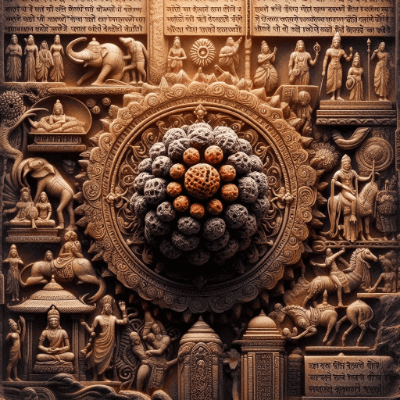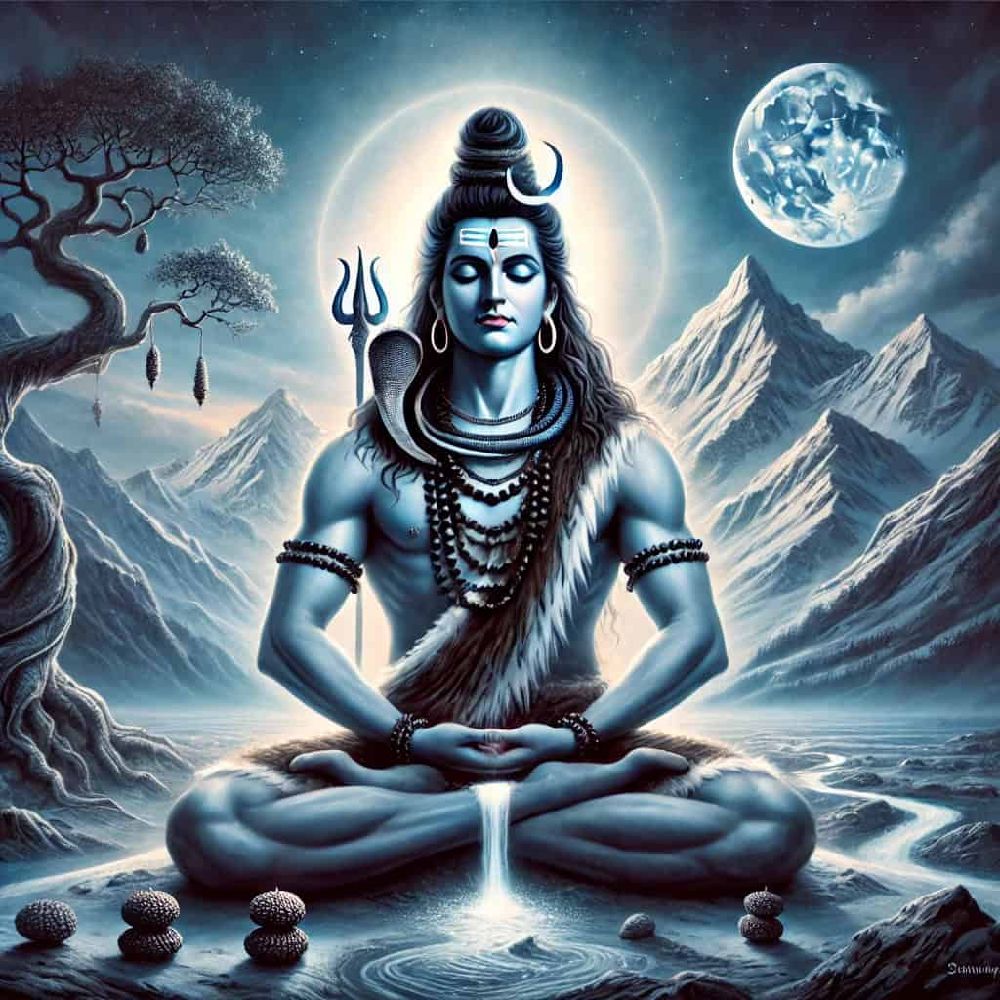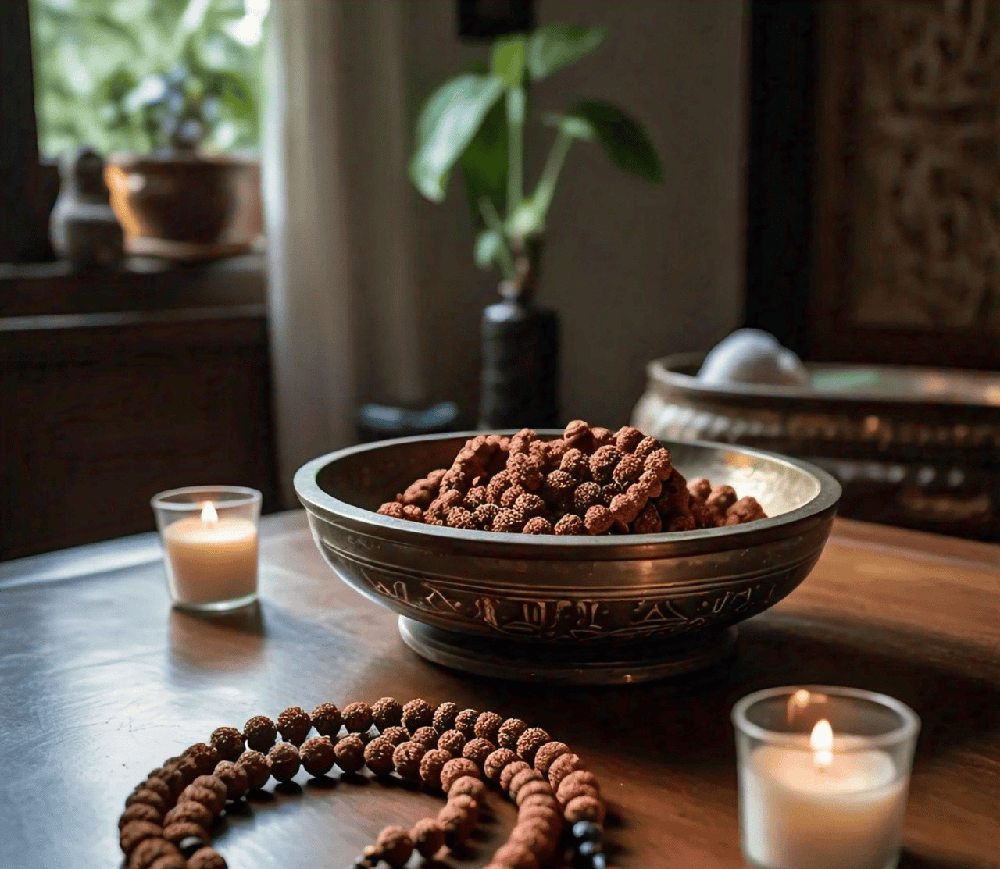Overview Paragraph
As the writer of this blog, my journey into the world of Rudraksha has been enlightening and transformative. Initially, I was drawn to these sacred beads for their spiritual significance, but my exploration revealed a rich history steeped in mythology and cultural practices. Understanding the origins of Rudraksha has deepened my appreciation for its role in spiritual growth and well-being. Each bead tells a story, connecting us to ancient traditions and the divine energy of Lord Shiva. I hope this article serves as a guide for others seeking to explore the profound history and significance of Rudraksha, encouraging them to embrace its benefits in their spiritual journeys.
Introduction
The journey of Rudraksha beads through history is a fascinating tale of spirituality, mythology, and cultural significance. These sacred seeds, believed to be the tears of Lord Shiva, have been revered for their profound spiritual properties for thousands of years. From ancient texts to modern practices, Rudraksha has played a vital role in the spiritual lives of countless individuals. As we delve into the history and origins of Rudraksha, we will uncover the rich tapestry of myths and cultural practices that have shaped its significance. This exploration will not only highlight the spiritual importance of Rudraksha but also its enduring legacy in the pursuit of inner peace and enlightenment.
The Ancient Origins of Rudraksha
Rudraksha beads are derived from the fruit of the Rudraksha tree (Elaeocarpus ganitrus), which is primarily found in the Himalayan region, as well as in parts of Southeast Asia, including Indonesia and Nepal. The name "Rudraksha" is derived from two Sanskrit words: "Rudra," which refers to Lord Shiva, and "Aksha," meaning eye. This etymology reflects the deep spiritual connection of these beads to Hindu mythology.
Historical References
The earliest references to Rudraksha can be traced back to ancient Hindu scriptures, including the Vedas and Puranas. These texts highlight the significance of Rudraksha in spiritual practices and rituals. The Rudrakshajabala Upanishad, a key text dedicated to Rudraksha, elaborates on its benefits and the rituals associated with its use.
Mythological Significance of Rudraksha
Rudraksha beads are steeped in mythology, particularly in relation to Lord Shiva. According to Hindu legend, Rudraksha originated from the tears shed by Lord Shiva during his deep meditation. These tears transformed into the Rudraksha seeds, symbolizing compassion and connection to humanity.
The Story of Lord Shiva
In one popular myth, it is said that after the destruction of the universe, Lord Shiva meditated for a long time to restore balance. During this period, he wept for the suffering of living beings. His tears fell to the earth and took the form of Rudraksha seeds, which became sacred symbols of his compassion and love.
Cultural Significance of Rudraksha
Rudraksha beads have played a significant role in various cultural and spiritual practices across Asia. They are commonly used in Hinduism, Buddhism, and Jainism for meditation, prayer, and rituals.
In Hinduism
In Hindu culture, Rudraksha is considered a powerful tool for spiritual growth and meditation. It is believed that wearing or using Rudraksha beads can help individuals connect with the divine, enhance concentration, and promote emotional stability. Many devotees wear Rudraksha malas (necklaces) during meditation to deepen their practice and focus their minds.
In Buddhism
In Buddhism, Rudraksha beads are also valued for their spiritual properties. They are often used in prayer malas for chanting mantras and meditative practices. The beads are believed to help practitioners attain a higher state of consciousness and inner peace.
The Different Types of Rudraksha
Rudraksha beads come in various types, each with a unique number of facets, known as mukhis. The number of mukhis determines the bead's specific properties and benefits. Here are some of the most common types:
- One Mukhi Rudraksha: Represents unity and is associated with Lord Shiva. It is believed to enhance concentration and spiritual growth.
- Five Mukhi Rudraksha: The most common type, associated with the five elements. It promotes health, peace, and emotional balance.
- Six Mukhi Rudraksha: Represents Lord Kartikeya and is known for enhancing willpower and strength.
- Seven Mukhi Rudraksha: Associated with the goddess Mahalaxmi, it is believed to attract wealth and prosperity.
- Eight Mukhi Rudraksha: Represents Lord Ganesha and is known for removing obstacles and promoting success.
- Nine Mukhi Rudraksha: Associated with the goddess Durga, it is believed to provide protection and courage.
The Global Spread of Rudraksha
Over the centuries, the popularity of Rudraksha has spread beyond the Indian subcontinent. Today, these sacred beads are recognized and used by spiritual seekers worldwide. The growing interest in yoga, meditation, and holistic health has contributed to the global appreciation of Rudraksha.
Modern Uses
In contemporary times, Rudraksha beads are often incorporated into jewelry, such as bracelets and necklaces, making them accessible to a broader audience. Many people wear Rudraksha for its perceived health benefits, including stress relief and emotional balance.

Conclusion
The history and origins of Rudraksha are deeply intertwined with spirituality, mythology, and cultural practices. From its ancient roots in Hindu and Buddhist traditions to its modern-day applications, Rudraksha continues to inspire and uplift individuals on their spiritual journeys. The beads serve as powerful symbols of compassion, connection, and inner peace, reminding us of the importance of nurturing our spiritual selves. As we embrace the wisdom and significance of Rudraksha, we can cultivate a deeper understanding of our place in the universe and the interconnectedness of all beings. The journey with Rudraksha is not just about the beads themselves; it is about the spiritual growth and transformation they inspire.
Are you ready to explore the rich history and spiritual significance of Rudraksha? Discover the transformative power of these sacred beads and how they can enhance your spiritual journey. Whether you are seeking to deepen your meditation practice, connect with your inner self, or simply learn more about the cultural roots of Rudraksha, our collection offers a variety of authentic beads to suit your needs. Visit our website to browse our selection and find the perfect Rudraksha for your spiritual practice. Join a community of like-minded individuals who are committed to exploring the profound benefits of Rudraksha. Don’t miss the opportunity to embrace the wisdom of these sacred seeds—start your journey today!




